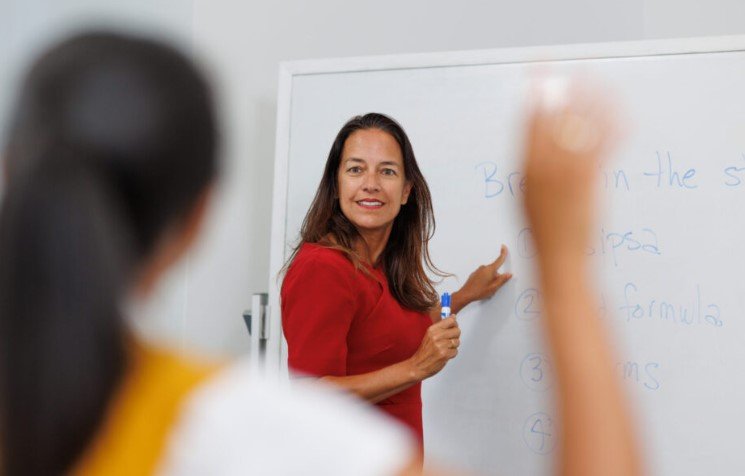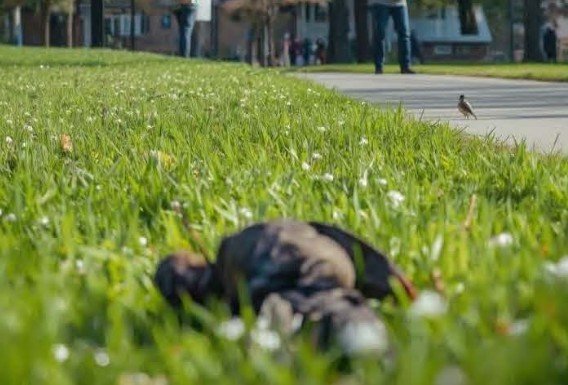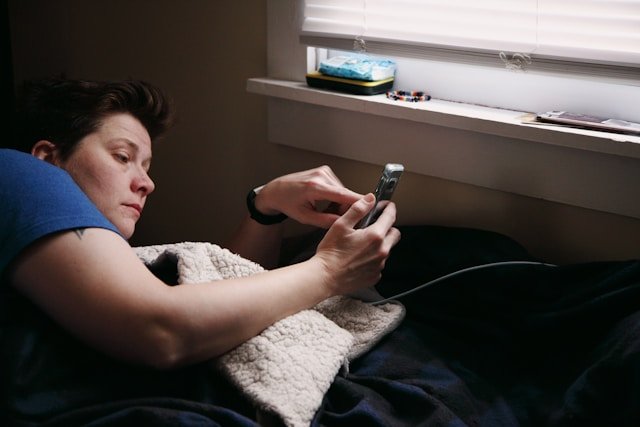UT Austin Study Aims to Save Billions for Consumers by Improving Pharmaceutical Patent Approval Process

A new study conducted by a researcher at The University of Texas at Austin’s School of Law is focusing on enhancing the pharmaceutical patent approval process to potentially save consumers billions of dollars, leading to lower drug prices and increased access to medications.
As pharmaceutical costs continue to rise, many consumers face challenges in affording or obtaining an adequate supply of their prescribed medications. The study specifically targets “secondary patents,” which protect peripheral features of drugs. The ongoing debate questions whether these secondary patents genuinely represent innovation by protecting novel features or if they merely delay the production of generic alternatives, needlessly raising drug prices.
Secondary patents can extend the life of expired primary patents, hindering the development of affordable generic options. This situation negatively impacts consumers who depend on these drugs for their health and well-being.
Supported by a grant from the National Institutes of Health (NIH), the study aims to improve the patent approval process, potentially saving consumers between $2.53 billion and $5.28 billion annually. Melissa Wasserman, the Charles Tilford McCormick Professor of Law and co-principal investigator, highlights the importance of giving patent examiners more time to review drug patent applications.
Currently, patent examiners spend an average of 19 hours on patent application reviews, a timeframe that experts argue may not be sufficient for a thorough evaluation. Wasserman suggests that by investing $20 million to give examiners 50% more time for reviewing secondary drug patent applications, an estimated $32 million in administrative costs related to litigating invalid patents could be saved.
The research, conducted in collaboration with Michael Frakes at Duke University’s School of Law, plans to extend its focus to include biologics—drugs made from proteins or living entities. The team aims to understand how pharmaceutical companies protect biologics with patents, addressing questions about the number, duration, and types of patents obtained by these companies.
“How many patents does a company obtain, how long does patent exclusivity last on average for a biologic, and what types of patents do companies obtain? These are some of the questions we will be looking at,” Wasserman said. “If patent examiners are given more time to review patent applications, how many fewer invalid patents would the Patent Office issue, and would we expect to see earlier biosimilar entry?”







